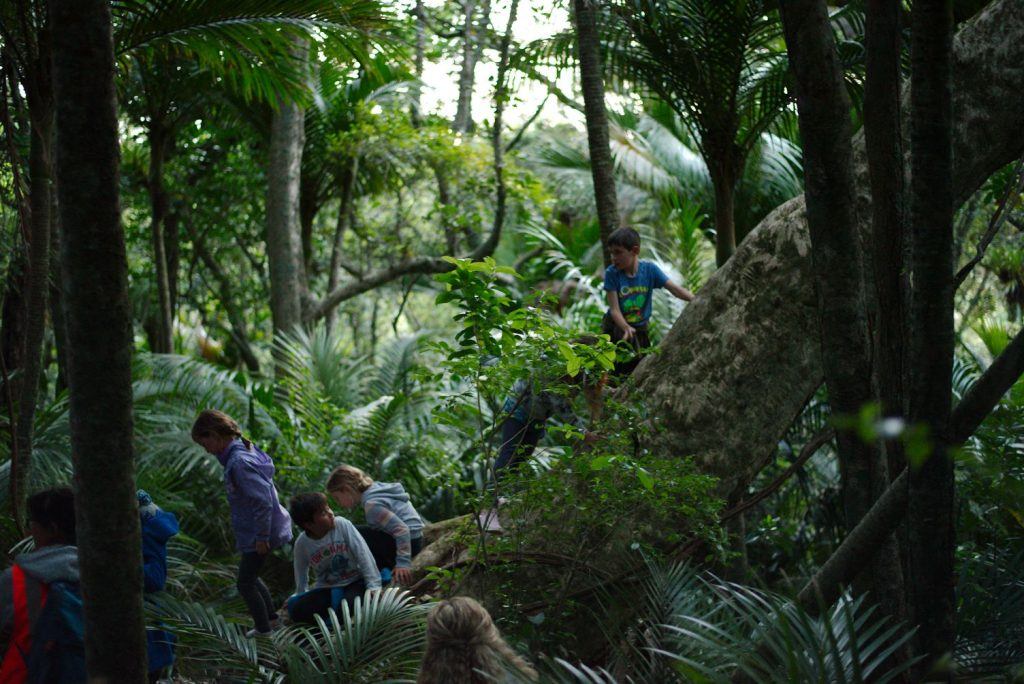
A long weekend and sunny weather – it’s the perfect recipe for a summer tramp, but also a potentially dangerous combination.
“We see twice as many tramping injuries over Waitangi weekend than a typical weekend,” Mountain Safety Council chief executive Mike Daisley said.
“Only Queen’s Birthday weekend sees more injuries.”
One in four Kiwis will head out on at least one tramp a year – and the majority of those in summer.
But with New Zealand’s changeable weather and challenging terrain, what was supposed to be an easy day hike can quickly turn into something else.
Make sure you’re prepared for the worst with these tips from former British Army Officer Richard Margesson.
With 20 years’ military service and the 3,000 kilometre Te Araroa trail under his belt, he’s no stranger to surviving in the wilderness.
TIP 1: PREPARE YOUR MISSION
Sit down with a map and plan out your route. Tell someone where you’re going, and make sure to tell them what to do if you’re not back at the agreed time. Check the weather forecast and pack accordingly.
TIP 2: CARRY THE RIGHT GEAR
The $2 shop is your friend, according to Margesson. His full gear list is below, but when you’re packing, the thing to keep in mind is – what’s the worst that could happen? Pack for it.
TIP 3: SHAKE OFF THE ROAD DUST
When you first walk into the bush, don’t go charging off down the track. Pause for a few minutes to get used to your new environment – what are the sounds, the smells, what can you see? Put the stresses and strains of daily life aside – “shake off the road dust,” as Margesson says.
TIP 4: KEEP CALM
If the worst happens, the most important thing is to calm your mind and think through your options. Margesson uses the acronym STAR: Stop, Think, Assess and Respond.
TIP 5: KEEP THE WILL TO LIVE
In the survival pyramid, gear is the least important thing: it might not be with you, it might be broken. You need to pack well, but you can’t rely on it.
Next is knowledge: “What’s between your ears is a real survival tool. It’s your brain, it’s your memories, it’s what you’ve learned and it’s your powers of creativity,” Margesson says.
But all that is nothing without the will to live. This is different for different people: it might be the thought of your partner or a project left unfinished, but in the worst situations you should keep in mind the things worth living for.
State of mind is everything, Margesson says: “Without the will to live, you’re going to give up, you’re going to deteriorate, you’re going to make really dumb decisions.”
But on the other hand, history has shown that “ordinary people have conquered insuperable odds by keeping that flame of life alive within them”.
WHAT TO DO IF YOU GET LOST
You’ve got to R of STAR – you’re ready to respond. But what does that mean?
First off, you want to try to find your way back to the track. Get out your compass (which you will have packed if you follow the gear list below) and place yourself at the centre. Draw an asterisk on the ground with your foot or branches that shows the points of the compass, and then walk in each direction in turn, counting your steps so you can find your way back to the compass.
If that doesn’t work, assess again – how much daylight have you got left? Margesson has a trick for this – hold your hand up the horizon, each finger is approximately 15 minutes. If you can fit four fingers between the sun and the horizon, you’ve got an hour of light left. It’s probably time to build a shelter.
Ideally you want somewhere out of the wind, with some foliage over your head to protect you from dew and rain. Build a mattress of bracken, use one emergency blanket to make a shelter and another as a sleeping bag.
About 80 per cent of search and rescue missions are wrapped up in six hours, which Margesson said should “lower the fear factor” – you only have to think about surviving that long.
WHAT YOU SHOULD PACK
Margesson carries a belt with the essentials that he keeps on him even when he puts his pack down. In there he’s got:
* Small water bottle
* Emergency Position Indicating Radio Beacon (EPIRB). These are pricey, but you can hire one for a week from gas stations for about $35. Use it to alert search and rescue teams to your location.
* A well-stocked first aid kit
* A light, foldable saw
* A GPS tracker
* Countdown shopping bag – use it to carry water from a stream, firewood, put it on your head as a raincover
* Work gloves
* $2 shop emergency poncho
* Snacks – Whittaker’s Peanut Slab and a Clif bar are his snacks of choice
* Rubber bands – multi-use, you can use them to hold things together, get a fire burning
* Emergency blankets x2
* Tea light candles x2
